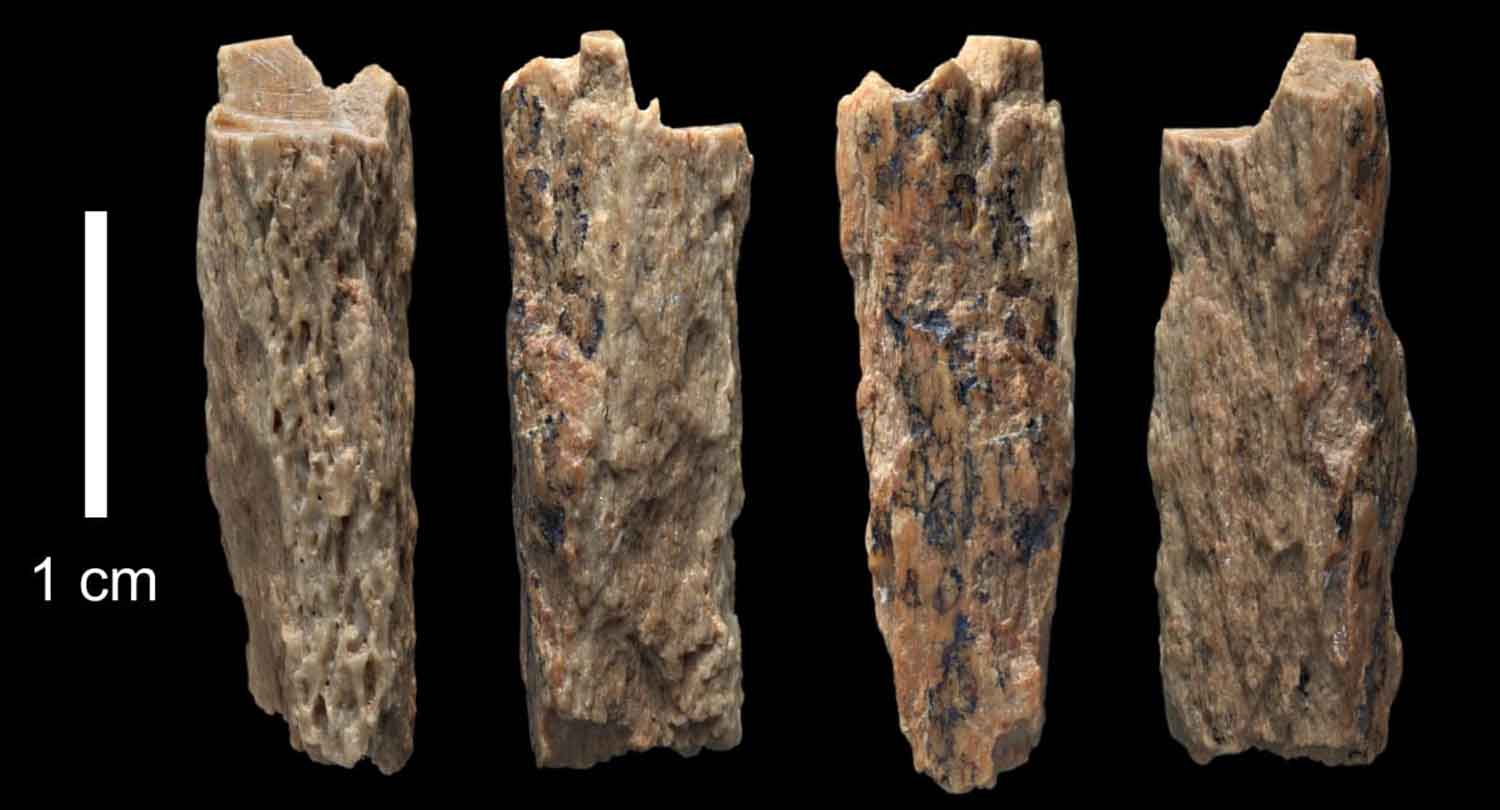Denisovans
Homo luzonensis: a new species of hominin from Luzon
I reflect on the discovery from Callao Cave, Philippines, which reinforces the ability of ancient hominins to disperse across island Southeast Asia.
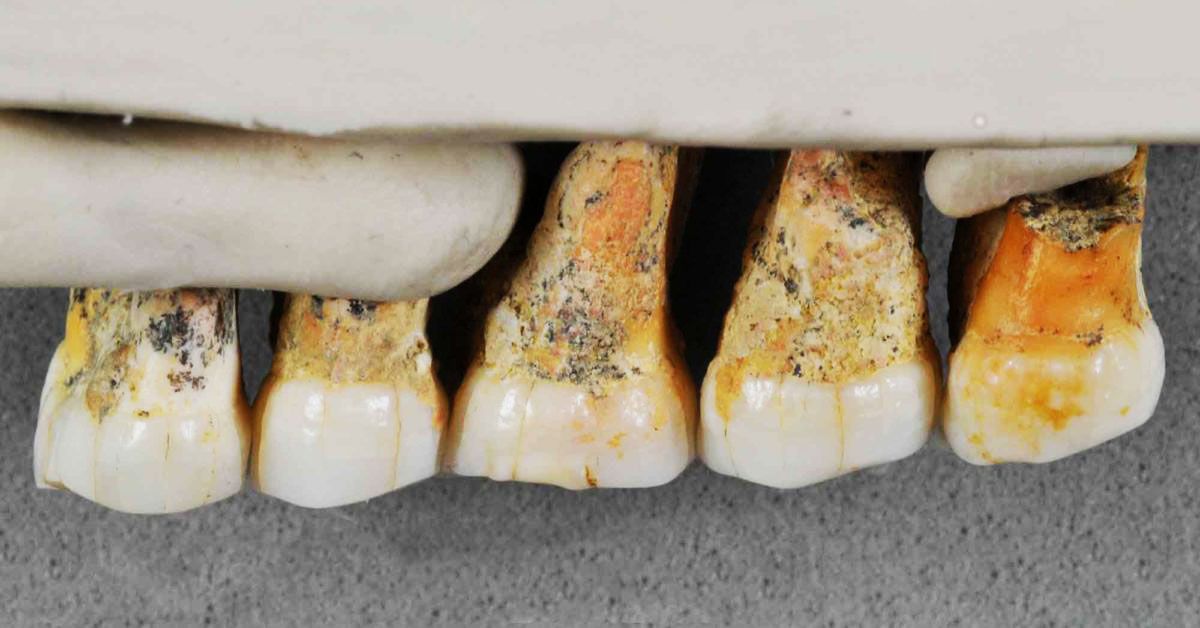
Lecture: Who were the ancestors of the Neandertals?
Looking at what we know about Neandertal origins and how our understanding has changed in the last decade.
How collagen fingerprinting is changing the way archaeologists understand ancient sites
Katarina Douka and coworkers are identifying the species of ancient bone fragments at a massive scale from Denisova Cave.
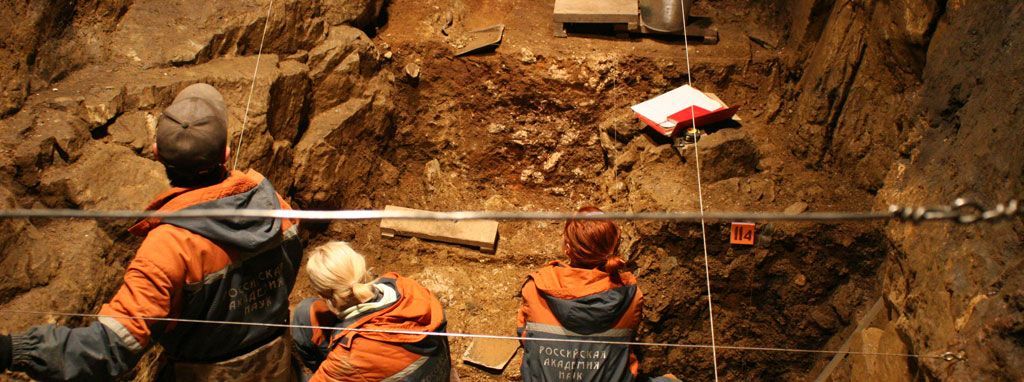
Should we be surprised if Neandertals, Denisovans, and modern humans didn’t form stable hybrid zones?
A geneticist asks why we don't see more persisting hybrid populations, and I find an answer in the theory of population source-sink dynamics.
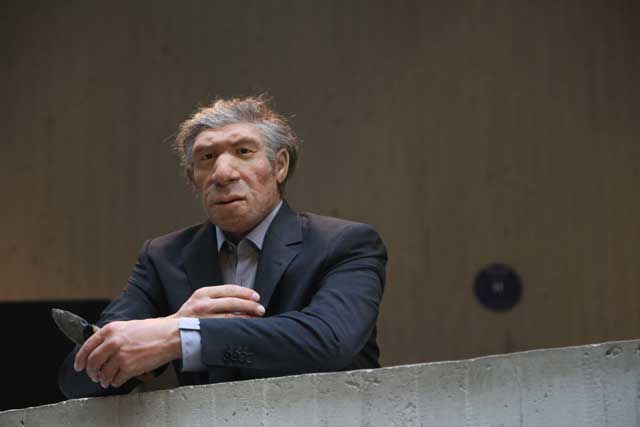
Another Denisovan from Denisova Cave
A review of the 2015 work identifying the Denisova 8 specimen by Susanna Sawyer and coworkers.

An ancient human pulled from the bottom of the Taiwan Strait
Work by Chun-Hsiang Chang and coworkers describes the partial mandible, which may represent an archaic human related to the Denisovans.

The FoxP2 protein sequence from Neandertals and Denisovans is shared by many people today
A study of sequence variation shows a possible selected change among living people, but many still have a form shared with Neandertals and Denisovans.
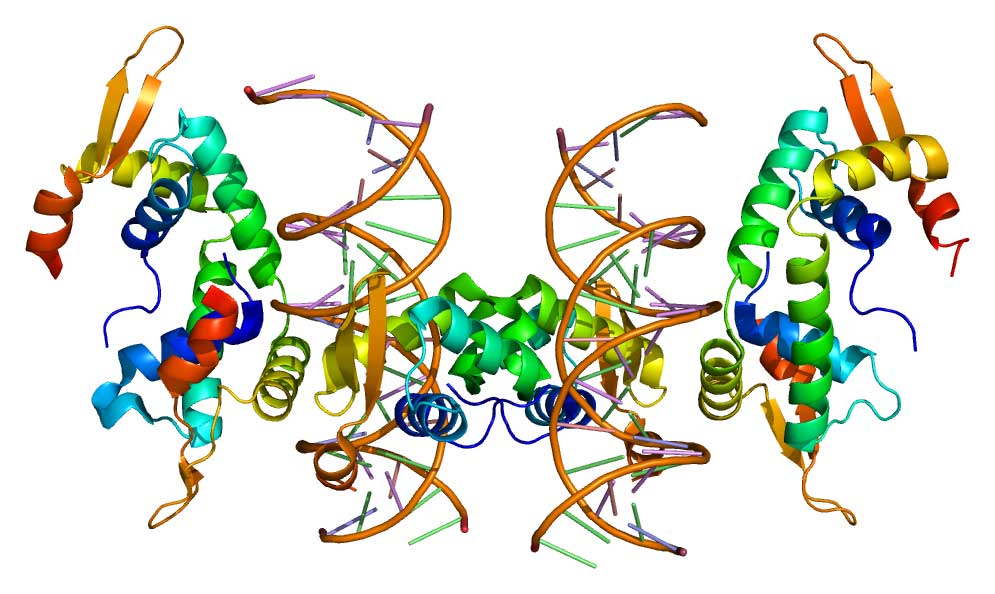
New findings from the Denisova 3 genome at high coverage
Sequencing work by Matthias Meyer and coworkers highlights the demography of ancient Denisovans and genes that may make today's people different from them.

A mysterious mitochondrial sequence from Denisova Cave, Russia
A small fragment of finger bone with a DNA sequence that represents a previously-unknown form of hominin.

